This is part 2 of a five-part series, providing an update on the 5 Disruptions to Marketing as we head into 2018. If you haven’t read Part 1: Digital Transformation (2018 Update) yet, you might want to start there.
2. MICROSERVICES & APIS (2018 Update)
The rise of citizen technologists — citizen developers, citizen integrators, citizen analysts, and so on — was largely enabled by two big movements in the software world:
- Cloud computing — most data and applications are now accessible on-demand through ubiquitous connectivity from anywhere across the globe.
- Microservices & APIs — these cloud-based solutions have evolved from closed, monolithic applications with solely human UIs into more open services that also expose APIs for other software applications to interact with them and mash those capabilities together into whole new solutions.
The mash-up possibilities of APIs have inspired an explosion of combinatorial innovation. Partners and customers can now leverage these machine interfaces to businesses to drive their own digital transformation, which has given rise to the “API economy.”
You can get a sense of how fast the API economy has been growing from this chart of public APIs listed on the Programmable Web directory from 2005-2017 — which captures just a tiny, tiny fraction of the total number of APIs available out there:
In addition to allowing different applications and businesses to cross-connect, the advantages of cloud-based APIs have changed how core applications themselves are designed and built. Increasingly, they are architected as a collection of microservices that use APIs internally to assemble a large solution out of dozens or hundreds of small, flexible components.
Key advantages of this microservices approach:
- The individual microservices can evolve more rapidly.
- The larger solution can add and remove microservice components more easily.
- These microservices can potentially be exposed as stand-alone offerings for others to leverage, internally or externally (e.g., touchpoints in the API economy).
This is happening in the context of tremendous adoption of cloud-based apps of all sizes across the entire organization.
As reported in Mary Meeker’s State of the Internet report earlier this year, the average enterprise uses 1,000 cloud services.
And while enterprise marketing departments use an average of 91 cloud services, HR is using 90, finance and accounting are using 60, sales are using 43, and so on.
The marketing technology landscape is not an anomaly. There are now large tech landscape graphics for every department across the organization:
Where things get really exciting is the combination (literally!) — all these cloud services, most of them offering more and more APIs, and a whole Internet of other public APIs, including for services such as Google, Facebook, Twitter, and so on — ready to be “mashed up” together.
This opportunity is where iPaaS (integration-platform-as-a-service) solutions have blossomed: Zapier, Workato, PieSync, Azuqua, IFTTT, Segment, Automate.io, Dell Boomi, Bedrock Data, Scribe, Built.io, Flowgear, Elastic.io, SnapLogic, MuleSoft, Tray.io, and dozens of others.
iPaaS handles these technical integration to these cloud services and Internet APIs, often through out-of-the-box “connectors.” Non-technical business users can then drag-and-drop connections between them to create their own workflows and automations across them.
iPaaS makes these business users — such as marketers — citizen integrators.
A report released earlier this year by AGC Partners — discussed in detail in my post back in July, Is marketing technology entering a post-platform era? — quantifies the growth of the overall “integration sector,” including iPaaS solutions as just one small piece:
As I’ve studied the iPaaS market, I’ve come to realize that there’s considerable overlap with other growing martech categories:
- CDPs (customer data platforms)
- business/customer intelligence platforms
- aPaaS (application-platform-as-a-service)
Essentially, all of these solutions make it easy to integrate cloud services and intelligently share data between them.
Pure iPaaS solutions focus on the workflow and data routing between these services.
CDPs extend that model by maintaining a customer-normalized database at the crossroads of those integration — storing the the data that is being routed through their hub.
Business/customer intelligence platforms — including a cornucopia of “dashboard” products — focus on analyzing and visualizing the data that’s accessible through all of these integrations.
And low-code/no-code aPaas solutions let citizen developers build internal or external “apps” that leverage data and API services from across all of these connected applications.
This is what led me to conclude that we’ve entered a post-platform era. With all these cross-application integrations in the cloud, everything is becoming an open platform to a certain degree. There’s far less exclusivity to software platforms than we saw in the pre-cloud era.
By the way, if you’re wondering how I think about post-platform dynamics given my new role as VP platform ecosystem at HubSpot, I believe a platform’s success isn’t just about APIs — that’s table stakes today. It’s about a qualitatively greater relationship with the ecosystem.
Successful platforms enable third-party products to be deeply integrated in the data models, workflows, and user experience of a platform’s key users. They create a business ecosystem that facilitates the adoption of those third-party products.
A great platform in the post-platform era is the center of gravity for a particular group of professionals or a business function — where that gravitational field meaningfully orchestrates the ecosystem of services and data sources orbiting its star. (If you’re interested, I’ve recently written about the 7 elements of a lovable platform that I believe help create that center of gravity for third-party developers.)
A post-platform world is actually a world of many, many interconnected platforms. But not all platforms are equal in the context of the audience they serve.
By the way, one other, slightly “techy” trend to keep an eye on in the evolution of microservices and APIs is serverless computing. “Serverless” lets software developers deploy small pieces of functionality up in the cloud without having to explicitly think about the operational aspects of running that code. The cloud provider, such as Amazon Web Services, does that all auto-magically behind the scenes.
It’s worth reading about Amazon’s AWS Lambda service, which was one of the first commercial serverless providers, to learn about the benefits they offer developers.
Now as a marketer, why should you care? Serverless will make it even easier for there to be a near-infinite explosion of small pieces of software functionality, spread throughout the cloud, which can be assembled and orchestrated on-the-fly by flexible and ever-more-dynamic business applications and workflows.
The days of closed, monolithic software are over, and this will continue to be a big disruption in how marketing operates — and what it makes possible.
Next up in Part 3: Vertical Competition, we’ll discuss how “openness” isn’t the only dynamic at play in the disruption of modern marketing. Stay tuned.
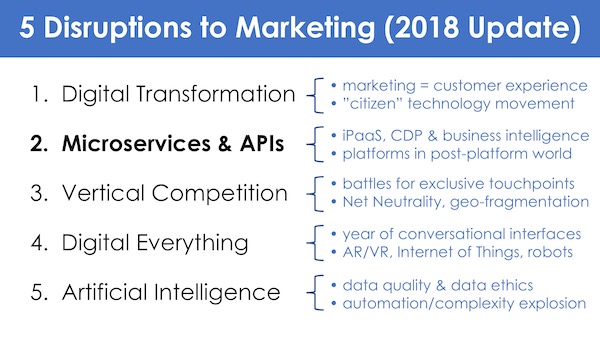
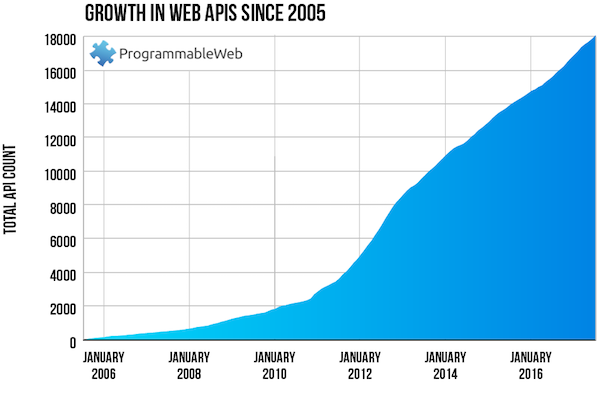
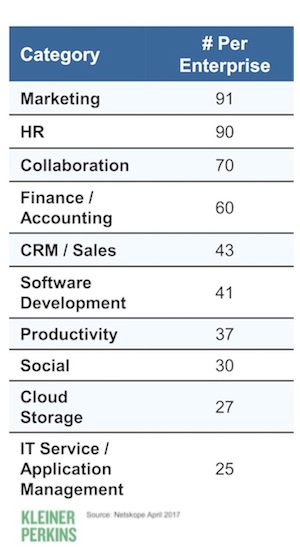



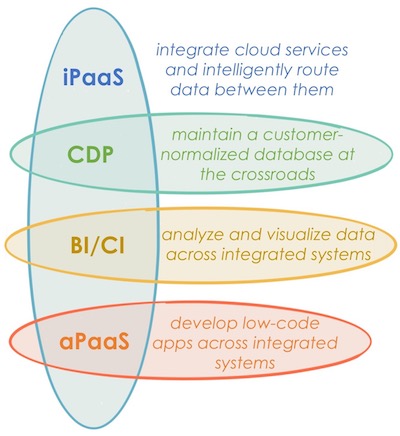
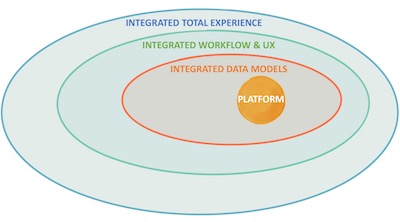
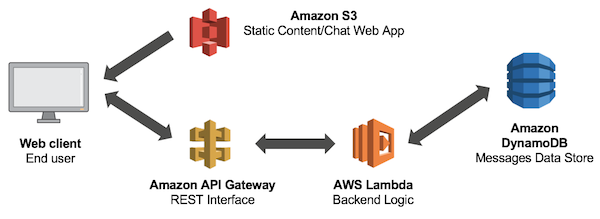



Scott – as always, it is an outstanding review and analysis. But for 2018, I think the Distributed Ledger Technology (frequently referred to as some flavor or ‘blockchain’) deserves a mention…if not a whole paragraph on, for example, how tokenization is redrawing the ecosystem data architecture map. Or using your lens it could be a natural cause and outcome of ‘platfromlesssness’ ( and DAPPS) at the same time.
Agreed. That’s a big area of disruption. Needs more attention.
Scott, in particular, it would be very interesting to explore how PII data, and future regulations around it, can be addressed with blockchain solutions.